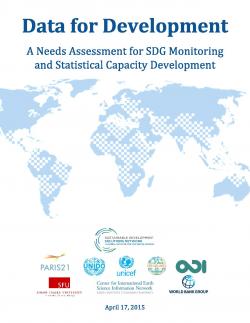December 2022 - You are accessing an archived version of our website. This website is no longer maintained or updated. The Sustainable Development Knowledge Platform has been migrated here: https://sdgs.un.org/
December 2022 - You are accessing an archived version of our website. This website is no longer maintained or updated. The Sustainable Development Knowledge Platform has been migrated here: https://sdgs.un.org/
